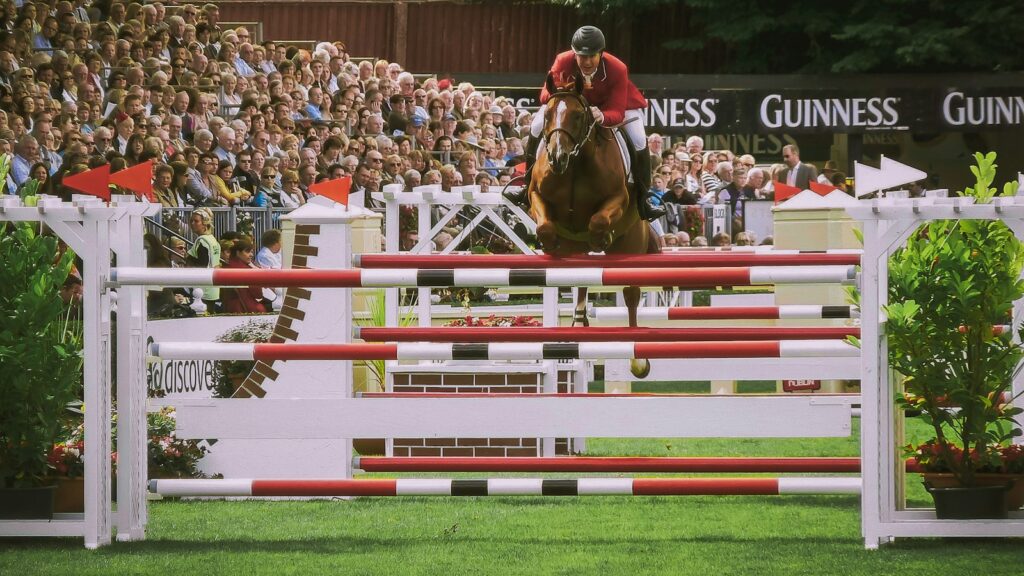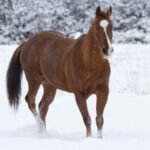When a horse and rider approach a jump, success depends on far more than courage and a willing mount. The art of equestrian jumping requires precision, balance, timing, and harmony between horse and rider. Unfortunately, many riders—from beginners to those with years in the saddle—develop habits that compromise both performance and safety. Understanding these common errors is the first step toward more effective, safer jumping. Let’s explore the most prevalent mistakes riders make when approaching, executing, and landing jumps, along with practical advice to overcome these challenges.
Looking Down Instead of Ahead
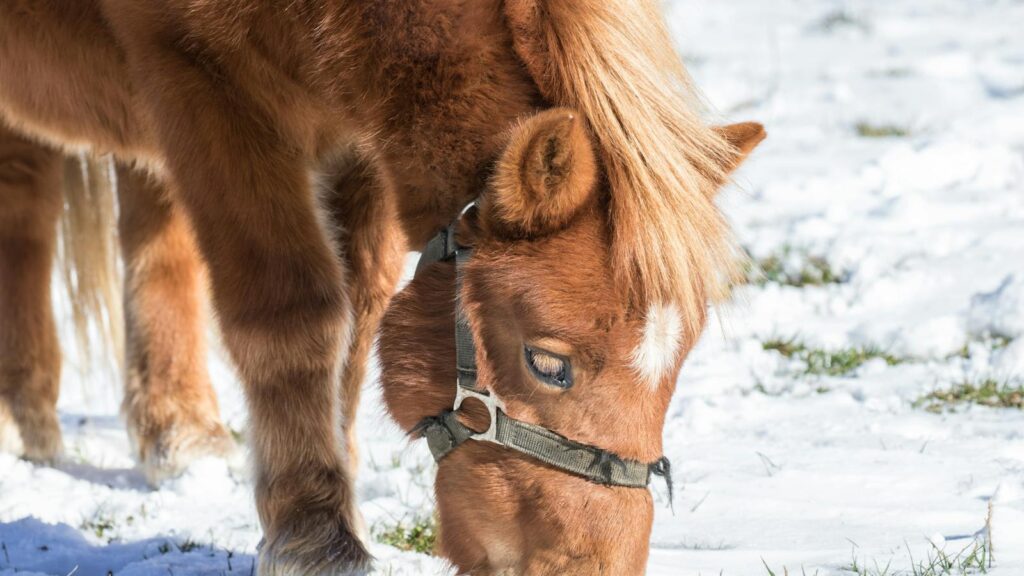
One of the most fundamental errors in jumping is focusing your gaze downward at the jump rather than looking ahead toward your next destination. When you look down, your upper body naturally follows, shifting your weight forward and potentially throwing your horse off balance at a critical moment. This misalignment not only affects your position but also communicates uncertainty to your horse, who relies on your confidence and direction. Remember that your horse can see the jump perfectly well without your assistance, and your job is to maintain balance and prepare for what comes after the obstacle. Practice maintaining your gaze between your horse’s ears and beyond to your landing spot, which helps keep your head up and shoulders back in the correct position.
Gripping With Knees Only
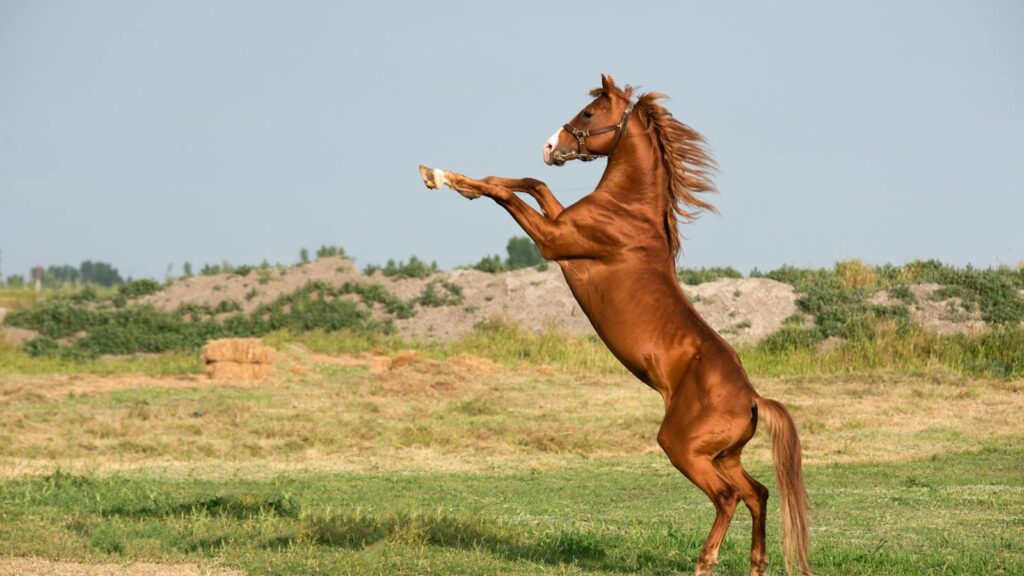
Many riders mistakenly believe that pinching tightly with their knees provides stability during jumps, but this common error actually creates several problems. When you grip exclusively with your knees, you inadvertently push your seat out of the saddle and force your lower leg to swing backward, losing the vital three-point contact that ensures security. This knee-gripping also restricts blood flow to your lower legs, reducing feel and responsiveness when you need it most. Instead, focus on distributing contact evenly along your inner calf, inner knee, and inner thigh, creating a long, supportive leg position. This balanced contact allows you to move with your horse’s center of gravity while maintaining the flexibility to absorb the motion of jumping without becoming unseated.
Jumping Ahead of the Motion
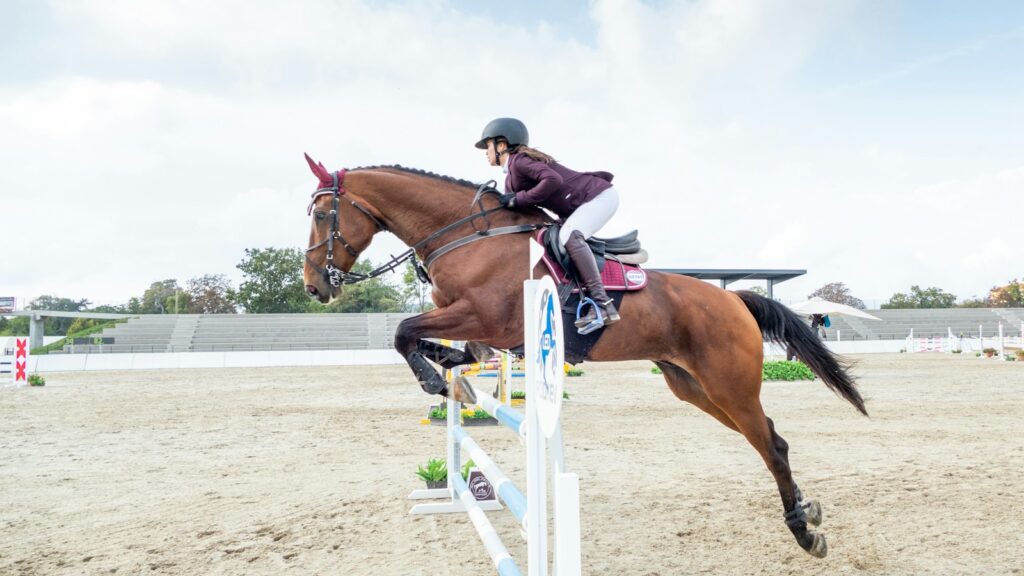
Anticipating the jump by throwing your upper body forward too early—commonly called “jumping ahead”—is perhaps the most widespread error seen across all levels of riding. This premature forward position places weight on your horse’s forehand precisely when they need to be light in front to clear the obstacle safely. When you jump ahead, you effectively ask your horse to jump while simultaneously making it physically harder for them to do so. The correct approach is to maintain your position until your horse’s motion brings you forward naturally, allowing their jumping effort to close your hip angle rather than you collapsing it prematurely. Focus on keeping your shoulders back and core engaged until you feel your horse begin to lift, then allow your body to follow that motion rather than leading it.
Inadequate Release
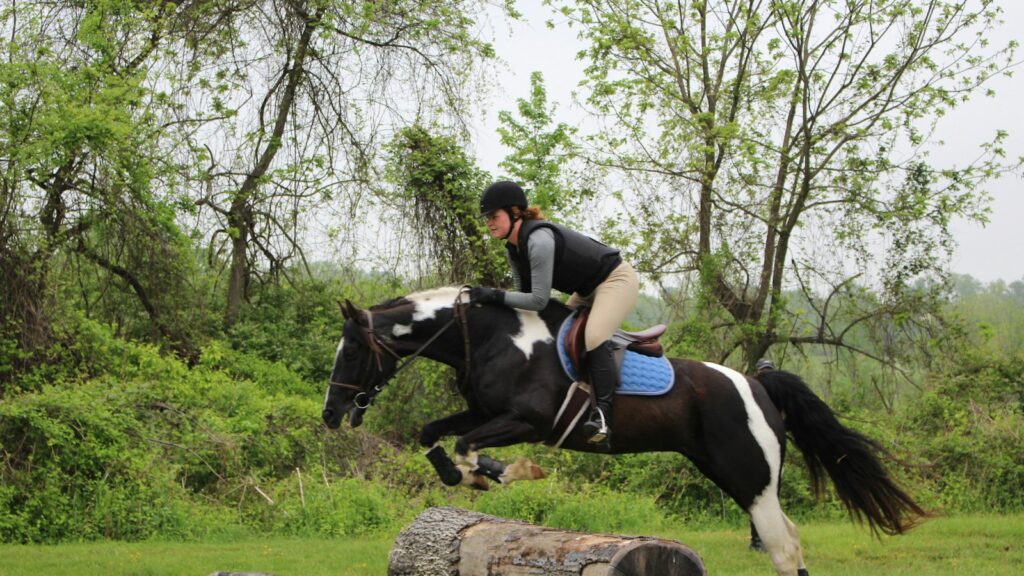
Failing to provide an adequate release—the forward motion of your hands that gives your horse freedom to use their neck and head over a jump—restricts your horse’s natural jumping arc and can result in painful contact with their mouth. This restriction not only impedes performance but can create jumping anxiety in sensitive horses who come to associate jumps with discomfort. Different release techniques suit different situations, from the basic crest release where hands press forward onto the horse’s neck, to the automatic release where hands maintain a straight line from elbow to bit while moving forward with the horse’s motion. Practice appropriate release techniques on flat ground before applying them over jumps, focusing on maintaining elastic contact that follows your horse’s movement without restraining their natural balance mechanisms.
Collapsing the Hip Angle
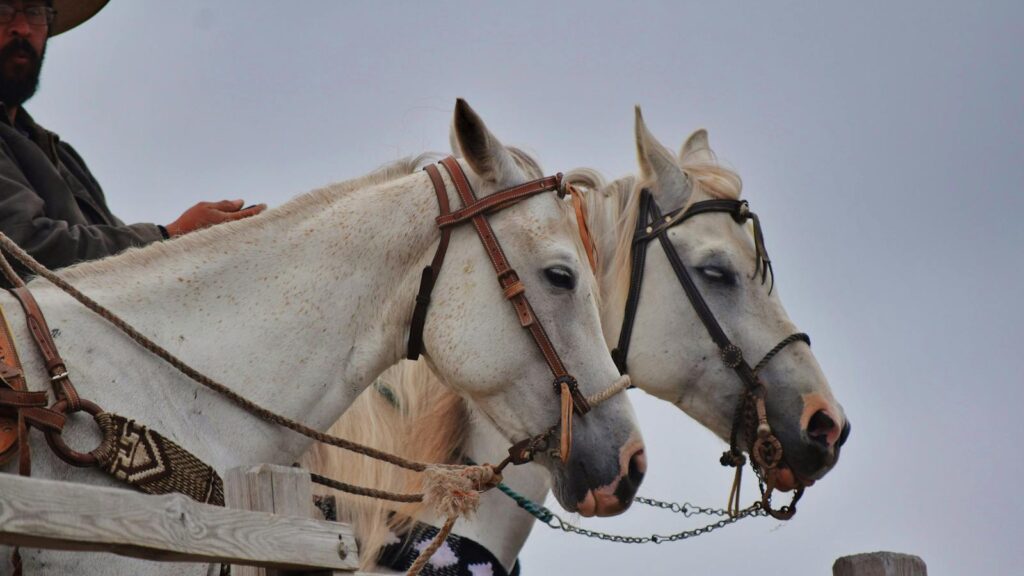
The collapse of the hip angle—folding at the waist too dramatically during the jump—creates a chain reaction of position problems that compromise both safety and effectiveness. When riders fold too much at the hip, they typically end up with their buttocks too high in the air and their upper bodies too close to the horse’s neck, creating an imbalanced, insecure position. This excessive folding often coincides with the shoulders hunching forward and the back rounding, further destabilizing the rider’s center of gravity. To address this issue, strengthen your core muscles through targeted exercises both on and off the horse, and practice maintaining a controlled partial fold that maintains alignment between your shoulders, hips, and heels. Video analysis can be particularly helpful in identifying the appropriate degree of hip closure for different types and heights of jumps.
Insecure Lower Leg Position
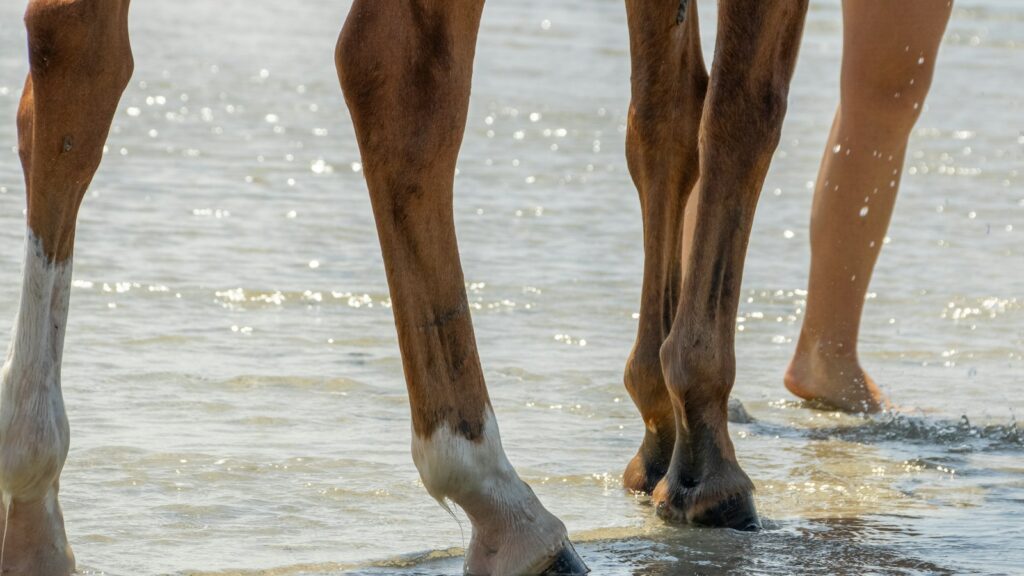
The position of your lower leg serves as your foundation of security when jumping, yet many riders allow their lower legs to swing back during takeoff or forward during landing. This unstable leg position creates a precarious situation where you essentially lose your base of support at the moment you need it most. When your leg swings back, you typically compensate by gripping with your knees and throwing your upper body forward, creating the dangerous “perched” position that precedes many falls. Developing a secure lower leg requires dedicated flatwork with emphasis on maintaining contact through your heel while keeping your leg directly beneath your body. Jumping without stirrups under careful supervision can dramatically improve leg strength and position, teaching your body to maintain contact throughout the jumping phase rather than relying on balance adjustments mid-air.
Approaching at Inappropriate Speed

Both insufficient and excessive speed on the approach to a jump create significant problems for horse and rider. Approaching too slowly robs your horse of the momentum needed to clear the obstacle efficiently, often resulting in a weak, flat jump that may cause rails to fall or lead to dangerous stumbles. Conversely, approaching too quickly creates a rushed, unbalanced takeoff that may cause your horse to become hollow, jump flat, or drift sideways in an attempt to balance themselves. The ideal approach combines adequate impulsion with collection and balance, allowing your horse to assess the jump and organize their stride pattern appropriately. Work with a qualified instructor to understand the appropriate pace for different types of jumps, recognizing that technical combinations require more collection while wider obstacles may need more forward momentum.
Inconsistent Rein Contact
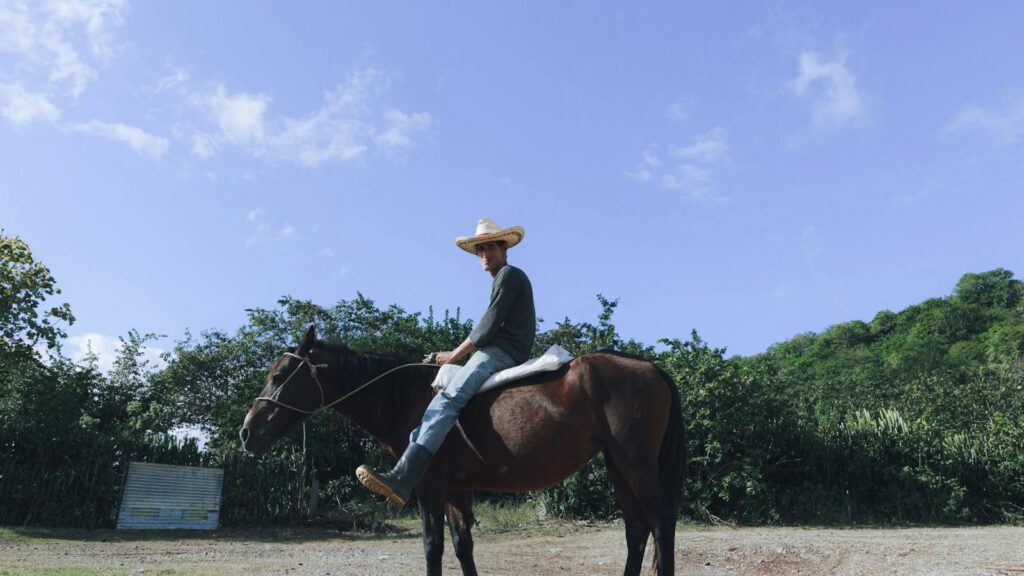
Many riders struggle with maintaining consistent, supportive contact through the reins during the jumping process, either abandoning contact entirely or clutching too tightly at various points. This inconsistency creates confusion for the horse, who relies on clear, steady communication to understand your expectations through the jumping sequence. Some riders completely throw away their reins upon takeoff, leaving their horse without guidance and potentially causing them to rush or drift after landing. Others maintain too much contact, restricting the horse’s natural head and neck movement. Developing “elastic” contact—firm enough to maintain communication but yielding enough to allow movement—requires dedicated practice on the flat before attempting it over jumps. Focus on maintaining a straight line from your elbow through your wrist to the bit, following your horse’s mouth as it moves forward and upward during the jump.
Poor Preparation Between Jumps
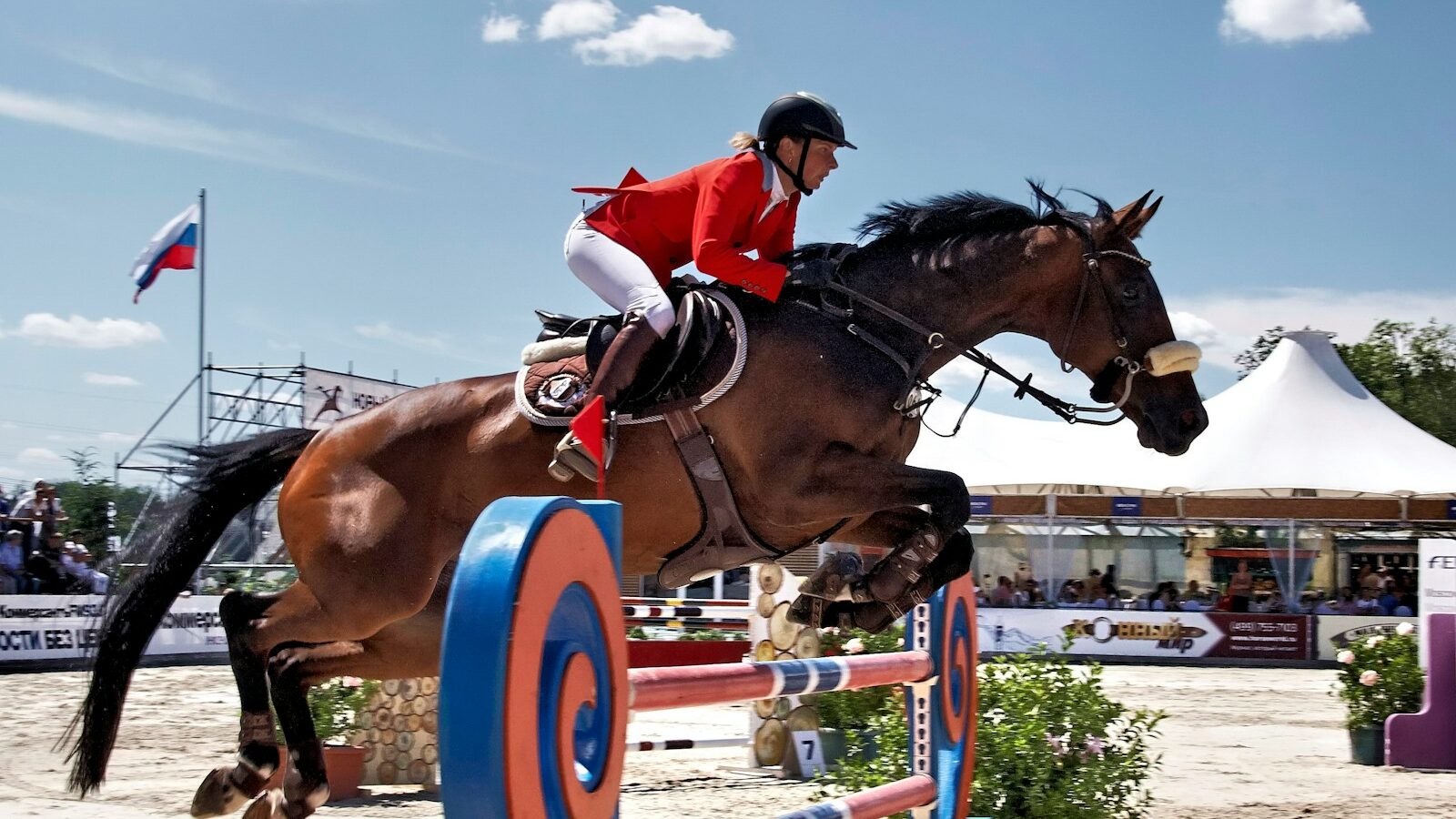
The moments between jumps are just as crucial as the jumping effort itself, yet many riders fail to use this time effectively to rebalance and prepare. After landing from one jump, inexperienced riders often become passive, allowing their horse to rush forward on their forehand or drift offline from the next obstacle. This lack of active riding between fences creates a domino effect of problems, as an unbalanced, rushed approach rarely results in a quality jumping effort. Successful jumping requires constantly thinking ahead, using half-halts and subtle position adjustments to reorganize your horse’s balance and impulsion after landing. Practice maintaining an active riding position throughout jumping courses, thinking of each landing as the beginning of your approach to the next fence rather than the end of the previous jumping effort.
Neglecting the Importance of Timing

Timing—knowing precisely when to give aids and when to stay quiet—separates effective jumping from merely surviving over obstacles, yet many riders struggle with this critical skill. Poor timing often manifests as “busy” riding, where the rider makes too many adjustments in the final strides before takeoff, confusing the horse and disrupting their natural jumping rhythm. Alternatively, some riders provide no guidance whatsoever, leaving their horse to make all decisions regardless of approach quality. Developing good timing requires understanding the concept of the “decision stride”—the point at which your horse commits to jumping and when you should cease making significant adjustments. Work with ground poles to practice identifying this crucial moment, gradually building to small jumps where you consciously focus on making your final approach adjustments early, then staying quiet and supportive through the takeoff phase.
Failing to Maintain Balance in the Air
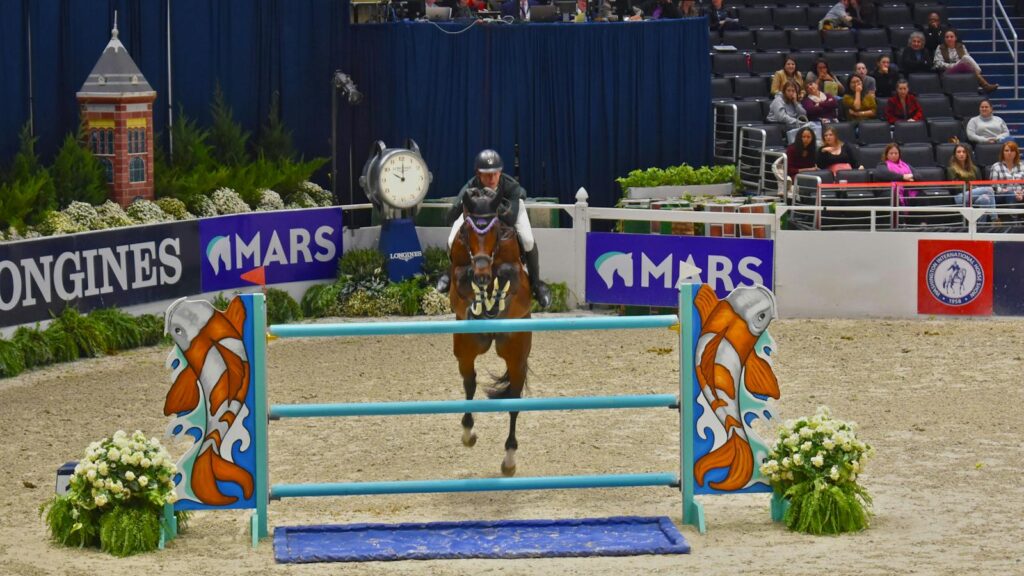
Once airborne over a jump, many riders struggle to maintain their balance, either by overcompensating with exaggerated position changes or by becoming completely passive and simply “hanging on.” This lack of controlled balance during the jumping arc not only increases the risk of falling but also makes it difficult to land in a position ready for what comes next. Effective jumping requires maintaining your center of gravity in harmony with your horse’s movement, neither throwing yourself ahead nor remaining rigidly upright. Developing this balance comes from strengthening your core muscles and practicing partial seat contact during jumping phases, where your weight remains centered rather than shifting dramatically forward or backward. Gymnastic jumping exercises, particularly those involving multiple elements requiring quick rebalancing, help develop the muscle memory needed for maintaining balance throughout the jumping arc.
Neglecting Proper Equipment and Setup
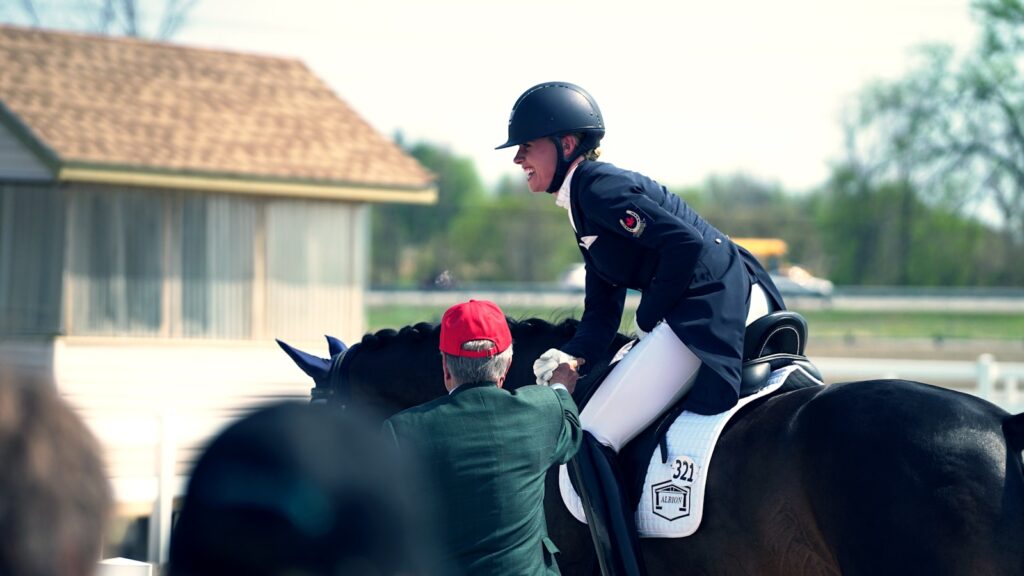
Even the most technically correct rider will struggle if using inappropriate equipment or jumping poorly constructed obstacles. Common equipment errors include saddles that throw the rider’s position too far forward or back, bits that are too harsh for jumping work, and stirrup leathers that are either too long or too short for an effective jumping position. Similarly, poorly constructed jumps with unstable standards, inappropriate ground lines, or unsafe materials create unnecessary risks and teach horses to jump with poor technique. Take time to ensure your tack fits both you and your horse properly, with particular attention to saddle balance and stirrup length that allows your heel to remain slightly lower than your toe while in jumping position. When setting jumps, ensure they have proper ground lines, secure standards, and safe materials that will break away if struck with significant force rather than causing a rotational fall.
Overlooking Mental Preparation
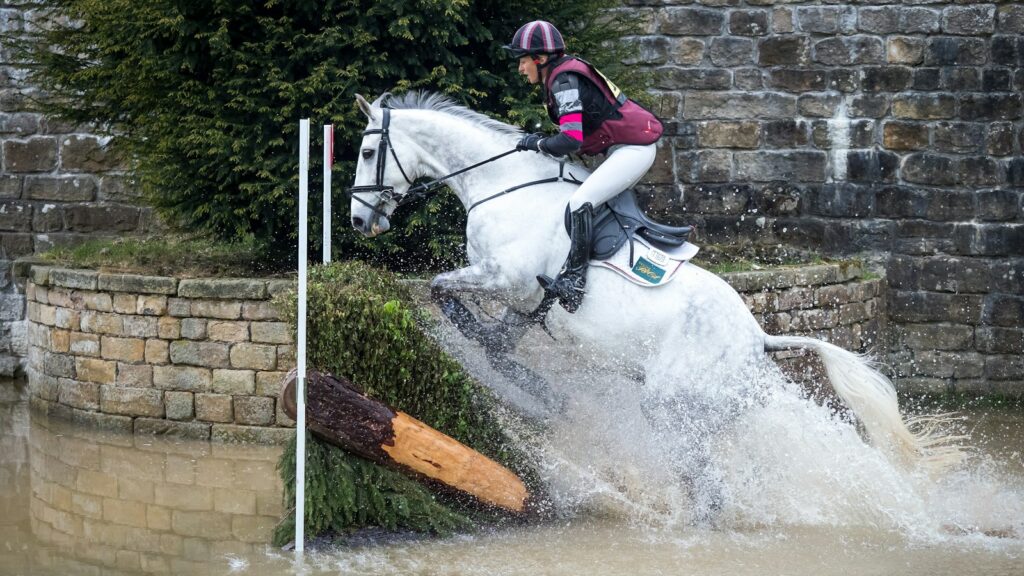
The psychological aspect of jumping is frequently underestimated, yet mental errors account for many physical mistakes observed in jumping riders. Approaching jumps with fear, tension, or excessive focus on past mistakes creates physical manifestations including tension in the arms and legs, shallow breathing, and anticipatory position changes that disrupt the horse’s confidence. Some riders avoid looking at jumps until the last moment due to anxiety, while others fixate so intensely on the obstacle that they forget to plan for the landing and what comes after. Effective mental preparation includes visualizing successful rounds before entering the arena, developing consistent pre-jump routines that focus your attention appropriately, and breathing consciously to reduce tension. Work with coaches who understand the psychological elements of jumping and can help identify when physical errors stem from mental blocks rather than technical misunderstandings.
conclusion
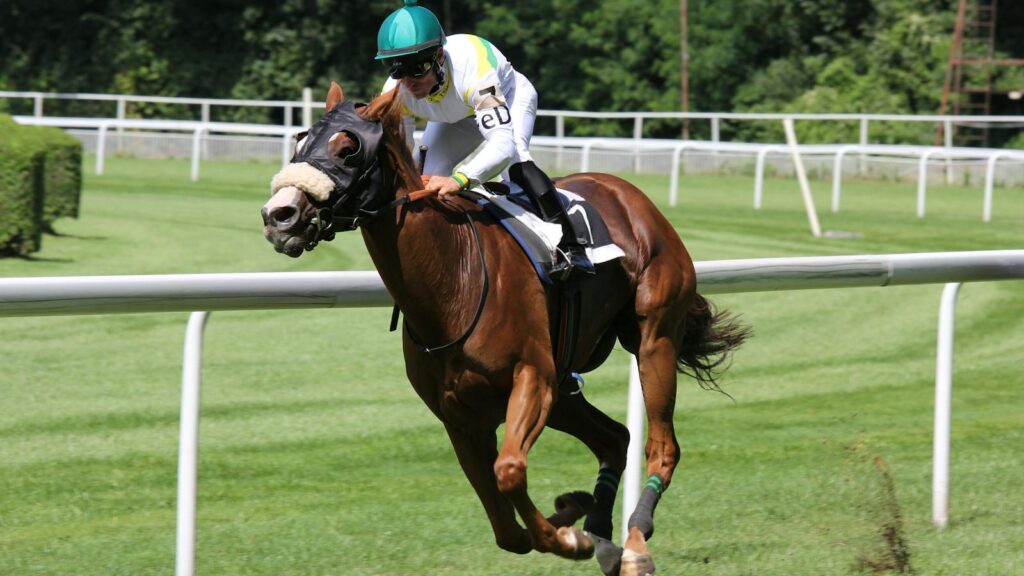
Jumping is a complex skill that demands the integration of physical technique, equipment knowledge, and psychological preparation. By recognizing and addressing these common errors, riders can significantly improve both safety and performance over fences. Remember that most jumping mistakes develop gradually as compensatory mechanisms rather than appearing suddenly, which means they generally require consistent, focused practice to correct rather than quick fixes. Working with qualified instructors who can provide real-time feedback, utilizing video analysis to identify position issues, and approaching improvement as a progressive journey rather than seeking perfection immediately will yield the most sustainable results. With patience and proper technique, the harmony between horse and rider over jumps can become one of the most rewarding experiences in equestrian sport.

